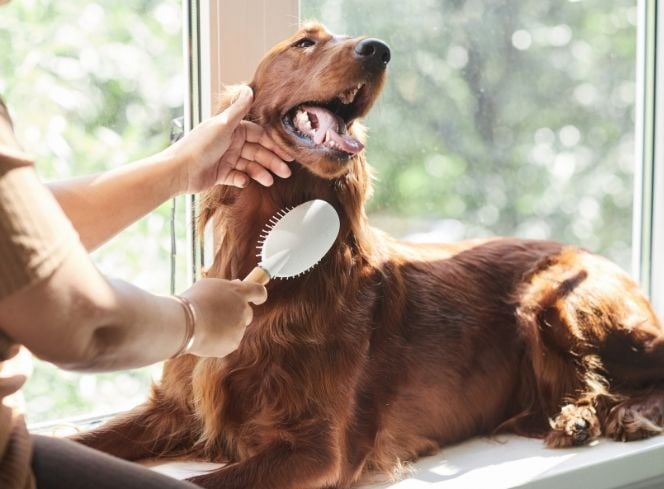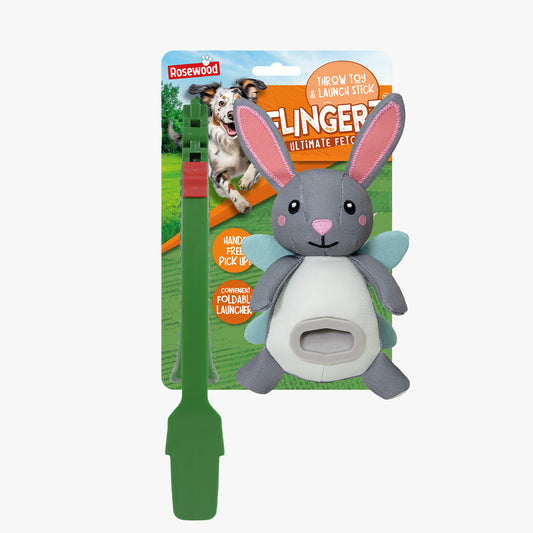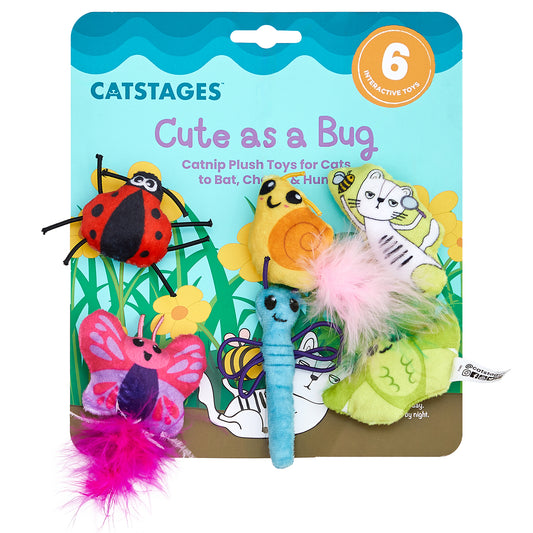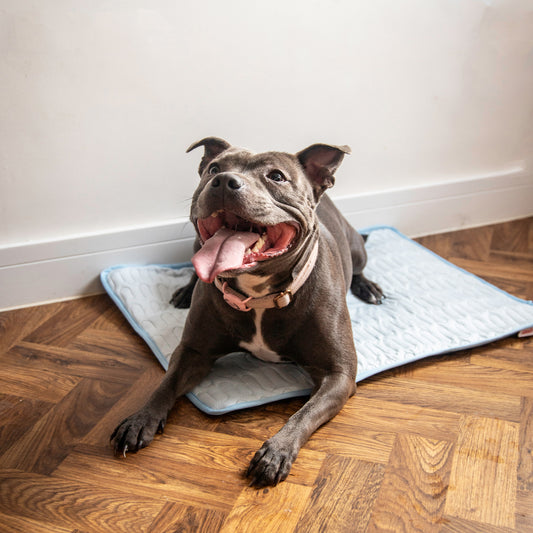There’s nothing better when your pooch is all clean and smelling lovely, with their beautiful coat cleaned and brushed - but, when it comes to brushing your dog, you might be wondering if your dog even needs brushing, and if they do, exactly how often they require brushing? Adopting a short-haired dog unfortunately doesn’t mean your dog doesn’t need brushing, every dog requires help to keep their coat looking, smelling and feeling nice, we discuss how often your dog requires brushing, and how to keep their coat looking lovely.
How Often Should You Brush Your Dog?

Your dog’s coat may need some help in taking care of, and dependant on their type of coat will determine how frequently it’ll require brushing. Generally, if you have a short haired breed like a Jack Russell, your dog’s coat should be ok to be brushed weekly (this is assuming they’re not rolling around in the wet mud!). Longer haired dog’s such as a Maltese will require daily brushing to keep them comfortable. If your pet sheds, such as a Labrador retriever, they will also require brushing twice weekly, to avoid build up and discomfort.
It's best to start the brushing routine when they’re young, however, you can train your dog to enjoy the bonding process of being brushed at any age. Although the tools and technique will vary from breed to breed, and your dog’s temperament, these are the tips we recommend to follow whilst grooming your dog.
Removing Mats
Start by teasing out any mats your dog has. This may decrease week-by-week if you keep your brushing routine. You may want to opt for a de-matting comb, teasing out the knots in your dog’s fur gently.
De-shed
Once your dog is free from any mats, go over with a de-shedding tool only if your dog has a thick undercoat, or is prone to shedding.
Brushing
When you’ve picked out the perfect tool for brushing your dog, make sure they’re dry and comfortable before brushing in the direction of the way their fur grows. For longer haired breeds, you may want to work in sections.
To help make the process more enjoyable for you and your dog, you may want to spray your dog with a pet-safe detangling spray.
Best Dog Brush
Depending on your dog’s breed will determine the best brush, consider the guidance below before purchasing the brush as these recommendations may work better for you and your dog
| Coat Type | Example Breed | Recommended Brush |
| Wiry Hair | Terriers | Slicker brush or a medium to fine tooth comb. |
| Short & Smooth Fur | Greyhounds | Soft Bristle Brush or Grooming Glove |
| Short Fur with Undercoat | Labrador retriever | Undercoat rake, medium to fine tooth comb, slicker brush |
| Long & Silky fur | Cocker Spaniel | Slicker brush, medium to fine tooth comb |
| Long & Coarse fur | Shih tzu | Slicker brush, Pin brush, medium/fine tooth comb |
| Long fur with undercoat | Border Collie | Undercoat rake, medium to fine tooth comb, slicker brush |
| Curly fur | Poodle |
Slicker Brush, medium/fine tooth comb |
Please use the above as guidance of which tool to use to brush your pet, as with all breeds, taking the time to brush them will not only physically be more comfortable, but it will strengthen their bond too.


































































































